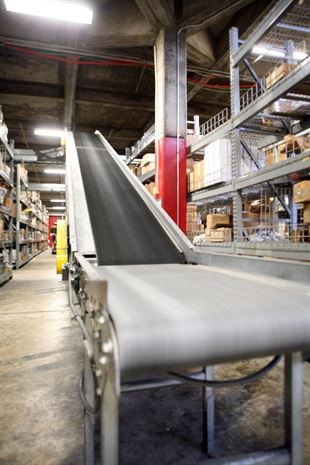Scratched paintwork on a commercial vehicle is not just something that will leave your van looking less professional in the eyes of clients, but it could also lead to corrosion of the metal beneath, which will only get worse over time.

Here are some quick tips to help you tackle this thorny issue effectively, restoring the paintwork and bringing your van up to a high aesthetic standard once more.
Minor abrasions
Slight damage to the surface of the paintwork can be caused by a variety of things, and you might find that even simply washing the LCV can actually cause small scratches to appear.
Such limited scratching can be easily fixed with mainstream scratch-removing products. A tried and tested option such as T-Cut should be a good investment, so long as the abrasions are shallow enough that you cannot feel them when you run your hand over the paint.

Remember to follow the instructions, as you do not want to make a mistake and compromise the used value of your van, even with prices remaining resilient at the moment.
Deeper scratches
Unwanted impacts to the exterior of your van, whether caused by other vehicles or heavy objects carried carelessly, can bite through the protective layers of paint and leave unsightly gouges. Unless you invest in van racking from a site like https://www.vehicle-accessories.net/interiors/racking/, a knock from within the van can also cause damage which is visible externally.
In this case, you will have to take more drastic action. If the thought of spending hundreds of pounds at a dealership to have an entire body panel replaced is too much to bear, there are some do-it-yourself kits to cover over scratches and render them invisible.
You will usually need to polish the affected area, then apply a paint which matches the colour of your van, to coat it and protect the metal below.
If you are unsure of which precise paint to pick, you can find the original manufacturer’s code for this alongside the vehicle’s VIN number.
Remember that to get the best possible results, it makes sense to wax the LCV after you have repaired it, since this not only adds to the sheen, but also provides even more of a barrier to the freshly painted surface, preventing any further damage.




